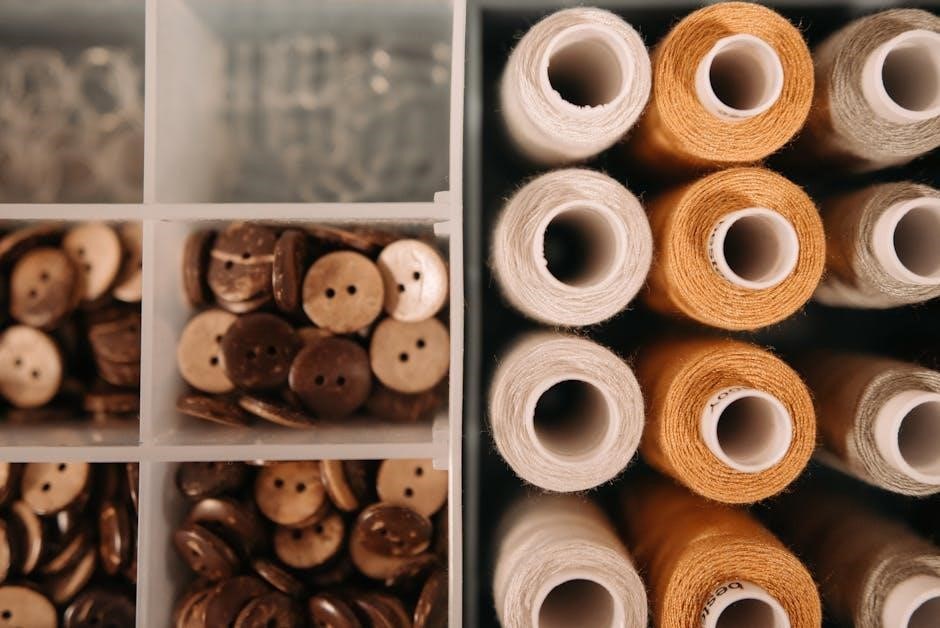
The art of classic tailoring for menswear is a timeless tradition‚ blending craftsmanship with enduring style‚ requiring meticulous attention to detail and skill‚ using traditional techniques and methods always precisely.
Understanding the Timeless Tradition
Classic tailoring is a tradition that has been passed down through generations‚ with techniques and methods being refined over time. The art of creating garments that are both aesthetically pleasing and exceptionally comfortable is a skill that requires patience‚ dedication‚ and attention to detail. By understanding the principles of classic tailoring‚ individuals can appreciate the craftsmanship and artistry involved in creating high-quality garments. This timeless tradition is not just about creating clothes‚ but about creating a sense of style and sophistication that transcends fleeting fashion trends; With a deep understanding of classic tailoring‚ individuals can develop a sense of appreciation for the craftsmanship and skill that goes into creating each garment‚ and can learn to create their own unique and stylish pieces. The tradition of classic tailoring continues to evolve‚ with new techniques and methods being developed‚ while still maintaining its core principles.
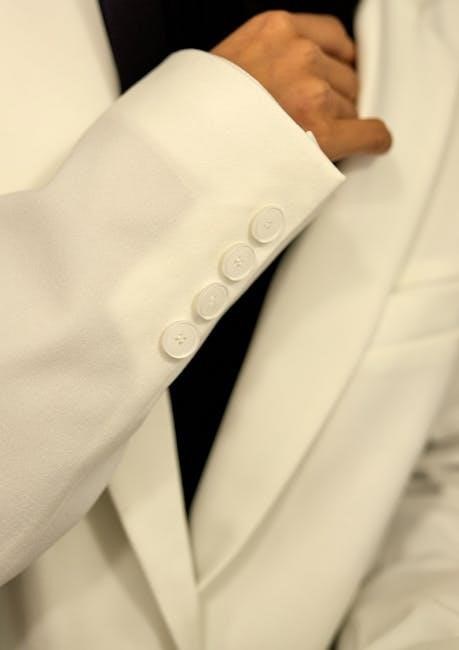
History of Classic Tailoring
Classic tailoring has a rich history‚ dating back centuries‚ with roots in traditional European craftsmanship and methods always precisely and skillfully used to create garments.
Evolution of Techniques and Styles
The evolution of classic tailoring techniques and styles has been a gradual process‚ with each era contributing its unique flair and innovations to the craft. Over time‚ tailors have refined their methods‚ incorporating new materials‚ tools‚ and technologies to improve the quality and aesthetics of their garments. The evolution of techniques has also been influenced by social and cultural changes‚ with tailors adapting to shifting fashion trends and consumer preferences. As a result‚ classic tailoring has become a dynamic and diverse field‚ with a wide range of styles and techniques to choose from. The internet has also played a significant role in the evolution of classic tailoring‚ providing access to a wealth of information‚ tutorials‚ and online courses. This has enabled tailors to share their knowledge and skills with a global audience‚ further enriching the craft. Classic tailoring continues to evolve.
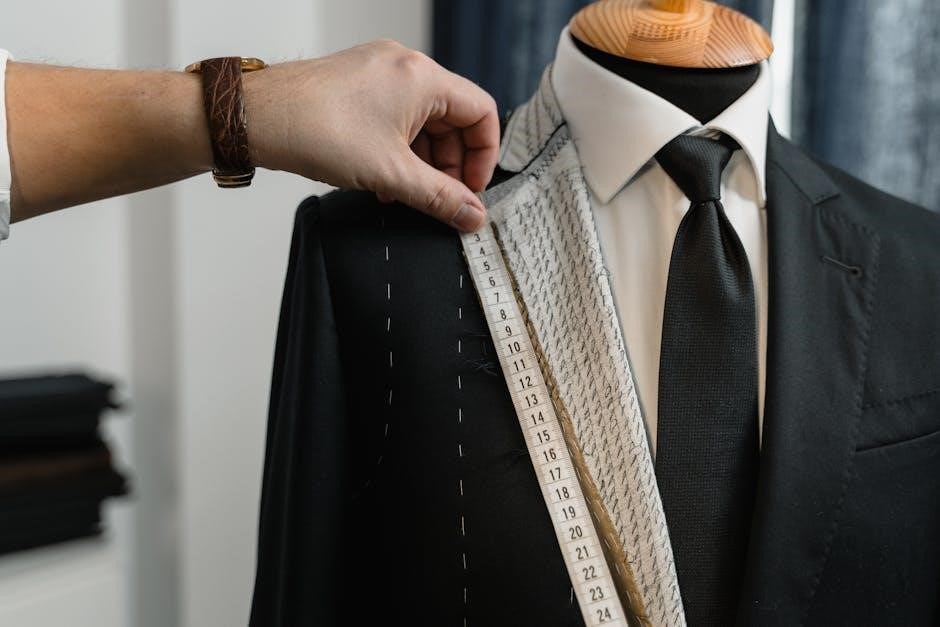
Core Techniques of Classic Tailoring
Classic tailoring involves precise cutting‚ sewing‚ and finishing methods always requiring great skill and attention to detail and technique perfectly;
Foundation of Garment Construction
The foundation of garment construction in classic tailoring is built on a deep understanding of fabric‚ texture‚ and drape‚ allowing tailors to create garments that are both functional and aesthetically pleasing.
This foundation is established through the careful selection of fabrics‚ the precise cutting of patterns‚ and the meticulous construction of each garment.
By mastering these fundamental skills‚ tailors can create a wide range of garments‚ from simple trousers to complex jackets‚ that are characterized by their impeccable craftsmanship and attention to detail.
The construction of a garment is a nuanced process that requires a great deal of skill and patience‚ but the end result is well worth the effort‚ as a well-made garment can elevate the wearer’s entire wardrobe.
Classic tailoring techniques are used to create garments that are timeless and sophisticated‚ and the foundation of garment construction is the key to achieving this level of quality and craftsmanship.
Patternmaking and Design
Classic tailoring involves creating custom patterns and designs‚ using traditional methods and techniques always precisely and carefully.
Essential Skills for Tailoring
To master the art of classic tailoring‚ one must possess certain essential skills‚ including the ability to create custom patterns‚ cut and sew fabric with precision‚ and pay attention to detail. These skills are crucial in creating garments that fit perfectly and are of high quality. A good tailor must also have a strong understanding of fabric‚ including its texture‚ weight‚ and drape‚ as well as the ability to work with different types of fabric. Additionally‚ a tailor must be able to measure and fit clients accurately‚ making adjustments as needed to ensure a flawless fit. By possessing these essential skills‚ a tailor can create beautiful‚ timeless garments that are both functional and elegant‚ making them a true artist in their craft‚ with a deep understanding of traditional techniques and methods always.

Construction Techniques for Menswear
Traditional construction methods involve precise cutting and sewing‚ using high-quality fabrics and threads‚ to create durable garments with a perfect fit always and great attention to detail precisely.
Creating Garments with Enduring Style
Classic tailoring is an art form that requires great skill and attention to detail‚ resulting in garments that are both aesthetically pleasing and exceptionally comfortable. The process of creating such garments involves a deep understanding of traditional techniques and methods‚ combined with a keen eye for style and design. By using high-quality fabrics and threads‚ and paying close attention to every aspect of construction‚ tailors can create garments that will stand the test of time. Whether it’s a bespoke suit or a luxury ready-to-wear piece‚ the goal of classic tailoring is to create something that is truly timeless‚ and that will continue to look and feel great for years to come. This approach to garment construction is what sets classic tailoring apart‚ and is the key to creating garments with enduring style and sophistication. The result is a garment that is both beautiful and functional.
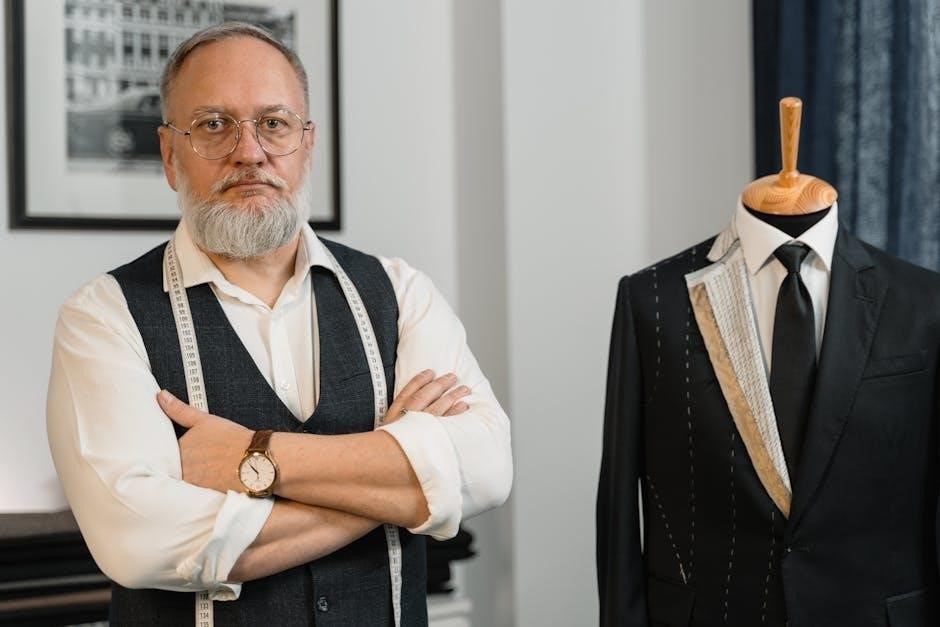
Luxury Ready-to-Wear Mens Tailoring
Traditional production methods are used in luxury ready-to-wear mens tailoring‚ combining high quality materials and skilled craftsmanship always precisely and carefully in every detail and process always.
Traditional Production Methods in Modern Fashion
Traditional production methods are being incorporated into modern fashion‚ with many designers and manufacturers recognizing the value of classic tailoring techniques. The use of high-quality materials‚ attention to detail‚ and skilled craftsmanship are all key components of traditional production methods. These methods are being used in conjunction with modern technology and design principles to create luxury ready-to-wear mens tailoring that is both stylish and durable. The combination of traditional and modern techniques allows for the creation of garments that are both aesthetically pleasing and exceptionally well-made. This approach to fashion production is resulting in a new generation of menswear that is both timeless and contemporary‚ with a focus on quality and craftsmanship. The incorporation of traditional production methods into modern fashion is a testament to the enduring appeal of classic tailoring techniques. This approach is being used by many fashion designers and manufacturers.
Appreciating the Artistry of Tailoring
Classic tailoring requires great skill and artistry‚ combining traditional techniques with aesthetic appeal‚ creating beautiful garments always with precision and attention to detail every time perfectly.
Blending Craftsmanship with Aesthetic Appeal
Classic tailoring is a perfect blend of craftsmanship and aesthetic appeal‚ where every stitch‚ every cut‚ and every detail comes together to create a garment that is both beautiful and functional. The art of tailoring requires a great deal of skill and attention to detail‚ as well as a deep understanding of the materials and techniques involved. A good tailor must be able to balance the needs of the client with the demands of the fabric and the design‚ creating a garment that is both flattering and comfortable. This requires a great deal of creativity and problem-solving‚ as well as a strong foundation in the technical skills of tailoring. By combining these elements‚ a skilled tailor can create garments that are truly works of art‚ with a level of craftsmanship and aesthetic appeal that is hard to find in modern fashion. The result is a garment that is both timeless and elegant.
 twin falls tv guide
twin falls tv guide  the cartoon guide to chemistry
the cartoon guide to chemistry  marmot guides down hooded jacket
marmot guides down hooded jacket  runecrafting guide osrs f2p
runecrafting guide osrs f2p 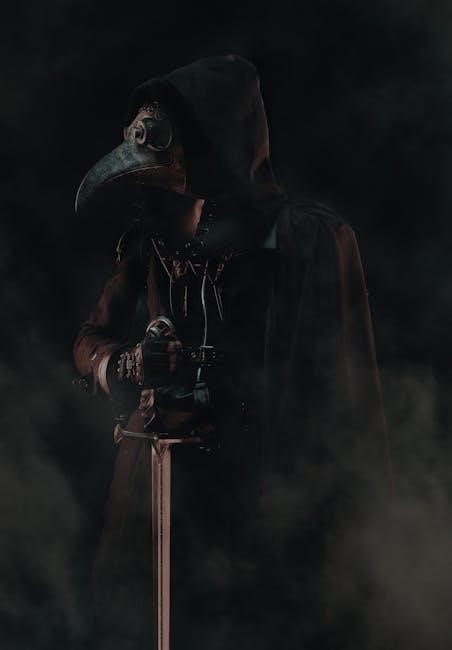 alchemy guide black desert
alchemy guide black desert  gray’s manual of botany
gray’s manual of botany  waterdrop x series undersink reverse osmosis system x16 manual
waterdrop x series undersink reverse osmosis system x16 manual 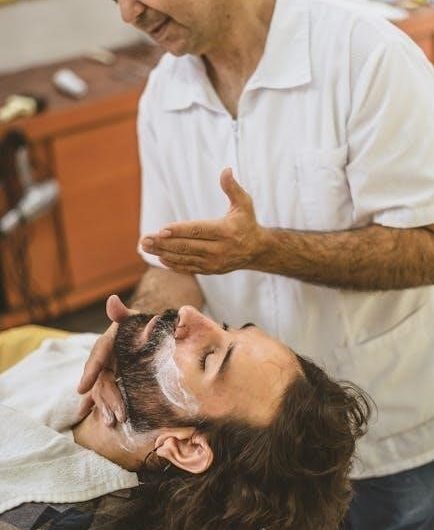 kia service manual pdf free download
kia service manual pdf free download